
Monmouth College is a private Presbyterian liberal arts college in Monmouth, Illinois. It enrolls approximately 755 students who choose courses from 40 major programs, 43 minors, and 17 pre-professional programs in a core curriculum. It offers Bachelor of Arts and Bachelor of Science degrees.
![<span class="mw-page-title-main">Kean University</span> Public university in Union, [[Elizabeth, New Jersey|Elizabeth]], and Hillside, New Jersey, US](https://upload.wikimedia.org/wikipedia/commons/thumb/d/d1/Kean_Seal-2018.png/320px-Kean_Seal-2018.png)
Kean University is a public university in Union, Elizabeth, and Hillside, New Jersey. It is part of New Jersey's public system of higher education and is the state's only urban research university. It was founded in 1855 in Newark, New Jersey, as the Newark Normal School, then became New Jersey State Teachers College in 1937. In 1958, the college was relocated from Newark to Union Township, site of the Kean family's ancestral home at Liberty Hall. After its move to the historic Livingston-Kean Estate, which includes the entire Liberty Hall acreage, the historic James Townley House, and Kean Hall, which historically housed the library of United States Senator Hamilton Fish Kean and served as a political meeting place, the school became Newark State College, a comprehensive institution providing a full range of academic programs and majors. Renamed Kean College of New Jersey in 1973, the institution earned university status on September 26, 1997, becoming Kean University of New Jersey.

Whitman College is a private liberal arts college in Walla Walla, Washington. The school offers 53 majors and 33 minors in the liberal arts and sciences, and it has a student-to-faculty ratio of 9:1.
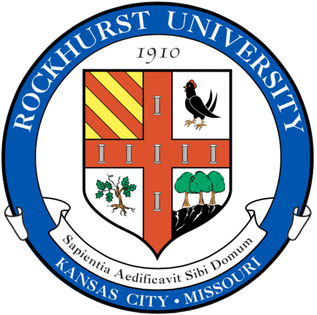
Rockhurst University is a private Jesuit university in Kansas City, Missouri. Founded in 1910 as Rockhurst College, Rockhurst University is accredited by the Higher Learning Commission. It enrolled 2,980 students in 2019.
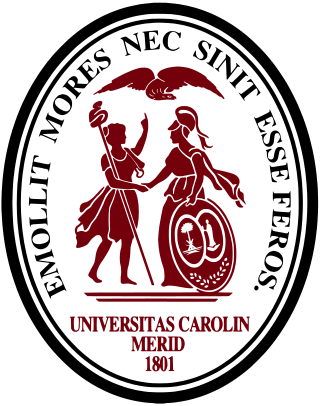
The University of South Carolina Beaufort is a public college with three campuses in the Lowcountry region of South Carolina. It is part of the University of South Carolina System, enrolls about 2,000 students, and offers over 50 areas of study. The main campus is in Bluffton, South Carolina. The institution's campus in Beaufort houses the school's honor programs and the Department of Visual Arts & Design. The campus location on Hilton Head Island is home to the institution's program for hospitality management.
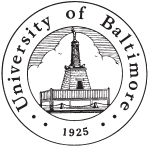
The University of Baltimore is a public university in Baltimore, Maryland. It is part of the University System of Maryland. UBalt's schools and colleges provide education in business, law, public affairs, and the applied arts and sciences. The university is the location of one of Maryland's two law schools.
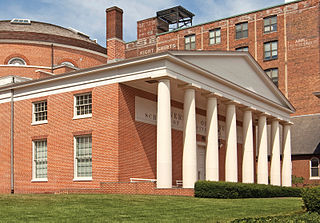
The University of Maryland, Baltimore (UMB) is a public university in Baltimore, Maryland. Founded in 1807, it comprises some of the oldest professional schools of dentistry, law, medicine, pharmacy, social work and nursing in the United States. It is the original campus of the University System of Maryland and has a strategic partnership with the University of Maryland, College Park. Located on 71 acres (0.29 km2) on the west side of downtown Baltimore, it is part of the University System of Maryland.

Penn State Dickinson Law, formerly Dickinson School of Law, is a public law school in Carlisle, Pennsylvania. It is one of two separately accredited law schools of Pennsylvania State University.

The University of the District of Columbia (UDC) is a public historically black land-grant university in Washington, D.C. It was established in 1851 and is the only public university in the city. UDC is a member school of the Thurgood Marshall College Fund. The full university system offers workforce and certificate programs in addition to Associate, Baccalaureate, Master's, professional, and Doctoral degrees. The university's academic schools and programs include the UDC Community College, College of Arts and Sciences, School of Engineering and Applied Sciences, School of Business and Public Administration, Colleges of Agriculture, Urban Sustainability & Environmental Sciences, and David A. Clarke School of Law.
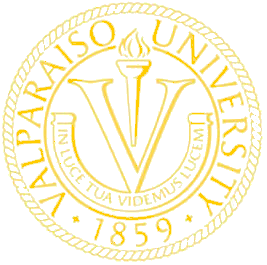
Valparaiso University (Valpo) is a private university in Valparaiso, Indiana. It is an independent Lutheran university with five undergraduate colleges and a graduate school. It enrolls nearly 2,900 students and has a 350-acre (140 ha) campus.

Lycoming College is a private liberal arts college in Williamsport, Pennsylvania. Founded in 1812, Lycoming College is affiliated with the United Methodist Church but operates as an independent institution. Through its history, it has been an academy, seminary, junior college, and four-year college.

Southwestern University is a private liberal arts college in Georgetown, Texas. Formed in 1873 from a revival of collegiate charters granted in 1840, Southwestern is the oldest college or university in Texas. Southwestern offers 40 bachelor's degrees in the arts, sciences, fine arts, and music as well as interdisciplinary and pre-professional programs. It is accredited by the Southern Association of Colleges and Schools and the National Association of Schools of Music and historically affiliated with the United Methodist Church.

Davenport University is a private university with campuses throughout Michigan and online. It was founded in 1866 by Conrad Swensburg and currently offers associate, bachelor's, and master's degrees; diplomas; and post-grad certification programs in business, technology, health professions, and graduate studies (MBA).
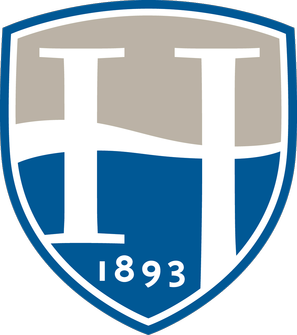
Hood College is a private college in Frederick, Maryland. In fall 2018, Hood enrolled 2,052 students. Thirty-eight percent of students are either members of under-represented racial or ethnic populations or from foreign countries.

Fordham Preparatory School is an American private, Jesuit, boys' college-preparatory school located on the Rose Hill campus of Fordham University in the Bronx, a borough of New York City.
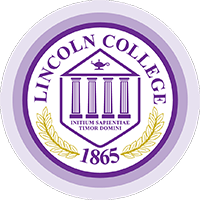
Lincoln College was a private college in Lincoln, Illinois. The college offered associate, bachelor's, and master's programs. It maintained an extension site in Normal, Illinois that provided adults with Accelerated Bridge to Education bachelor's degree programs. The college closed on May 13, 2022.

Peru State College (Peru) is a public college in Peru, Nebraska. It was founded by members of the Methodist Episcopal Church in 1865, making it the first and oldest institution of higher education in Nebraska.

Cleary University is a private university focused on business education with its main campus in Livingston County, Michigan. It also has an education center located in Detroit. Cleary University offers certificate, ABA, BBA, MS, and MBA programs.
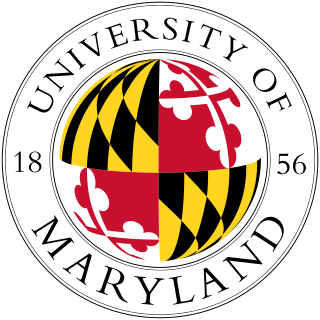
The University of Maryland, College Park is a public land-grant research university in College Park, Maryland. Founded in 1856 as the Maryland Agricultural College, UMD is the flagship institution of the University System of Maryland. It is also the largest university in both the state and the Washington, D.C. Metropolitan Area. Its 12 schools and colleges offer over 200 degree-granting programs, including 113 undergraduate majors, 107 master's programs, and 83 doctoral programs. UMD is a member of the Association of American Universities and competes in intercollegiate athletics as a member of the Big Ten Conference.








![<span class="mw-page-title-main">Kean University</span> Public university in Union, [[Elizabeth, New Jersey|Elizabeth]], and Hillside, New Jersey, US](https://upload.wikimedia.org/wikipedia/commons/thumb/d/d1/Kean_Seal-2018.png/320px-Kean_Seal-2018.png)


















